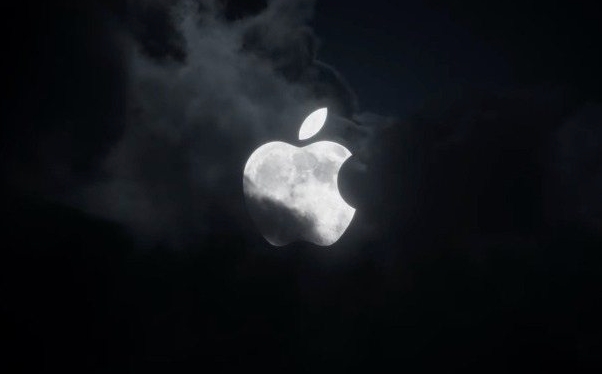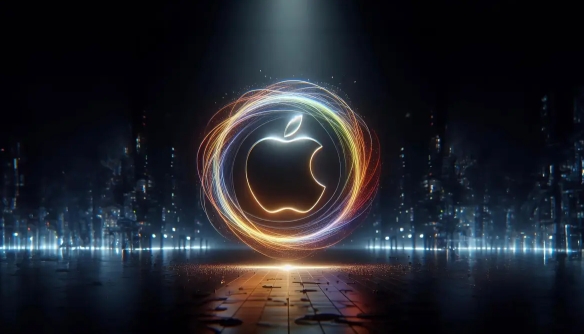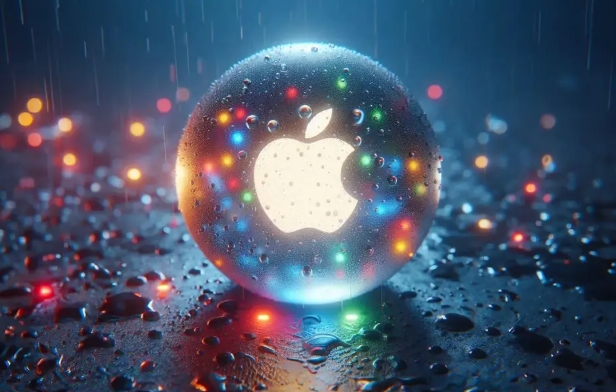Migration Assistant on Mac is a built-in tool used to transfer files, accounts, apps, and settings from an old Mac, PC, or another user account. 1. It helps set up a new Mac quickly without manual copying or reconfiguration. 2. Common uses include setting up a new device, recovering data after a clean macOS install, merging files from multiple Macs, or switching between devices. 3. To use it, ensure both devices are compatible, connect them via Wi-Fi, Thunderbolt, FireWire, or Ethernet, launch the app on both, select what to transfer, and wait for completion. 4. It transfers user accounts, apps (if compatible), documents, system settings, and mail history, but excludes incompatible apps, preinstalled apps (which reinstall automatically), corrupted files, and some plugins. 5. When transferring from a Time Machine backup, users gain more control over specific file selection. It simplifies migration by automating most tasks as long as steps are followed properly and enough time is allowed.

Migration Assistant on Mac is a built-in tool that helps you transfer all your files, accounts, apps, and settings from an old Mac to a new one—or even from a PC or another user account. It’s designed to make the process of setting up a new Mac as smooth and painless as possible.

Why Use Migration Assistant?
Most people use it when they get a new Mac and don’t want to manually copy over everything or set up their system from scratch. Instead of reinstalling apps, copying documents, and reconfiguring preferences, Migration Assistant handles most of that automatically.

Here are some common reasons people use it:
- Setting up a brand-new Mac
- Recovering data after a clean install of macOS
- Merging files from multiple Macs (like in a shared household)
- Switching between work and personal devices
It’s especially handy if you have a lot of data or aren’t tech-savvy enough to do the setup manually.

How to Use Migration Assistant
Using Migration Assistant is pretty straightforward, but there are a few key things to know before you start:
- Make sure both Macs are compatible – Most models from the past 5–6 years should be fine, though older ones might need a different connection method.
- Connect the two devices – You can use Wi-Fi (if both support it), Thunderbolt, FireWire, or even an Ethernet cable depending on your hardware.
- Start Migration Assistant on both devices – On the new Mac, it usually opens during setup. If not, you can find it in Applications > Utilities.
- Select what to transfer – You can choose to move users, apps, and other data, or just certain parts.
- Wait for the transfer to finish – This could take anywhere from a few minutes to a couple of hours, depending on how much data you’re moving and your connection speed.
One thing to note: Your old Mac needs to be running a version of macOS that’s compatible with the new one. If you're moving from a very old OS to a newer one, you may need to update first.
What Gets Transferred (and What Doesn’t)
When you use Migration Assistant, here’s what typically moves over:
- User accounts and passwords
- Applications (as long as they’re compatible with the new Mac's OS)
- Documents, downloads, desktop files
- System settings like network preferences and printers
- Mail accounts and messages history
However, some things won’t carry over:
- Apps that came preinstalled with your old Mac (they’ll be reinstalled automatically if available)
- Any incompatible software or plugins
- Corrupted files (obviously)
Also, if you’re transferring from a Time Machine backup instead of directly from another Mac, you’ll have more control over which specific files and folders get moved.
Basically, Migration Assistant makes switching to a new Mac simple by handling most of the heavy lifting. It’s not magic, but it’s reliable—if you follow the steps and give it time.
The above is the detailed content of What is Migration Assistant on Mac?. For more information, please follow other related articles on the PHP Chinese website!

Hot AI Tools

Undress AI Tool
Undress images for free

Undresser.AI Undress
AI-powered app for creating realistic nude photos

AI Clothes Remover
Online AI tool for removing clothes from photos.

Clothoff.io
AI clothes remover

Video Face Swap
Swap faces in any video effortlessly with our completely free AI face swap tool!

Hot Article

Hot Tools

Notepad++7.3.1
Easy-to-use and free code editor

SublimeText3 Chinese version
Chinese version, very easy to use

Zend Studio 13.0.1
Powerful PHP integrated development environment

Dreamweaver CS6
Visual web development tools

SublimeText3 Mac version
God-level code editing software (SublimeText3)
 ChatGPT is now available for macOS with the release of a dedicated app
Jun 27, 2024 am 10:05 AM
ChatGPT is now available for macOS with the release of a dedicated app
Jun 27, 2024 am 10:05 AM
Open AI’s ChatGPT Mac application is now available to everyone, having been limited to only those with a ChatGPT Plus subscription for the last few months. The app installs just like any other native Mac app, as long as you have an up to date Apple S
 Apple iPhone 16 is no longer pre-installed with Apple Intelligence
Jul 30, 2024 pm 01:18 PM
Apple iPhone 16 is no longer pre-installed with Apple Intelligence
Jul 30, 2024 pm 01:18 PM
According to industry insider Mark Gurman, Apple’s Apple Intelligence will be postponed to October. In other words, it will be pushed first on iOS18.1. Apple iPhone 16 is expected to be released in September, so Apple Intelligence will not be pre-installed. 1. Apple Intelligence Apple Intelligence is a personal intelligence system that uses a powerful generative model to provide new functions for iPhone, iPad and Mac to assist users in communicating, working and expressing. 2. Natural language understanding The large model embedded in Apple Intelligence has a deep understanding of the meaning of language.
 BenQ unveils MA series of 4K monitors with MacBook-centric features
Aug 28, 2024 pm 12:37 PM
BenQ unveils MA series of 4K monitors with MacBook-centric features
Aug 28, 2024 pm 12:37 PM
BenQ has just announced the MA270U and MA320U, a pair of 4K monitors targeted at MacBook users. They're designed to be paired with the company's Display Pilot 2software, which simplifies screen settings adjustments without having to fiddle with the O
 Balatro Friends of Jimbo free update is live
Aug 28, 2024 pm 12:39 PM
Balatro Friends of Jimbo free update is live
Aug 28, 2024 pm 12:39 PM
With the promise of a significant free update in 2025, Balatro continues to build on the hit deck builder with the second of three free updates. The “Friends of Jimbo” update brings theming options to the face cards of all four card suits. Despite ea
 Guide to installing PHP on Mac
Dec 12, 2024 am 11:46 AM
Guide to installing PHP on Mac
Dec 12, 2024 am 11:46 AM
PHP is a widely used programming language for web development and you can install PHP on your Mac by following these steps
 How to access an NTFS drive on a Mac?
Jun 21, 2025 am 12:08 AM
How to access an NTFS drive on a Mac?
Jun 21, 2025 am 12:08 AM
There are three ways to enable NTFS hard disk write permission on macOS: 1. Use third-party software such as ParagonNTFSforMac, TuxeraNTFSforMac or free Mounty, and automatically support read and write operations after installation; 2. Enable the write function by manually editing configuration files through terminal commands, and SIP needs to be turned off and there is a risk of data corruption, which is suitable for advanced users; 3. Format the hard disk into compatible formats such as exFAT or FAT32 to realize two-way read and write support between Mac and Windows, but will clear the original data.
 How to use an iPad as a second display for Mac
Jul 03, 2025 am 01:01 AM
How to use an iPad as a second display for Mac
Jul 03, 2025 am 01:01 AM
To use the iPad as a Mac sub-screen, you can use the Sidecar function. The steps are as follows: First, make sure the device meets the requirements (Mac will run macOSCatalina and above after 2016, and iPad requires iPadOS13 or above); then go to "System Settings" > "Display" on the Mac, click "Add Monitor" and select iPad to connect; if it is unable to connect, you need to check whether Wi-Fi and Bluetooth are on, and make sure the two devices are in the same network environment. In terms of connection mode, wireless is suitable for daily office work but may have delays, while wired is more stable and supports charging. The display mode is divided into two types: extension and mirroring. It is recommended to use extension mode to improve work efficiency. In addition, it can also be achieved through preferences
 How to set up file sharing between two Macs on the same network?
Jul 14, 2025 am 12:08 AM
How to set up file sharing between two Macs on the same network?
Jul 14, 2025 am 12:08 AM
To share files between two Macs on the same network, first make sure that the two devices are connected to the same LAN, then enable file sharing on the host, set shared folders and access permissions, and then connect from another Mac through the access sidebar or manually enter the SMB address, and finally you can browse, copy or transfer files. Common problems include waiting or restarting the network when the device cannot be discovered. If the permissions are incorrect, you need to check the username, password and sharing settings. If the connection fails, you can try the SMB address. If the firewall blocks, you can temporarily close the test.






